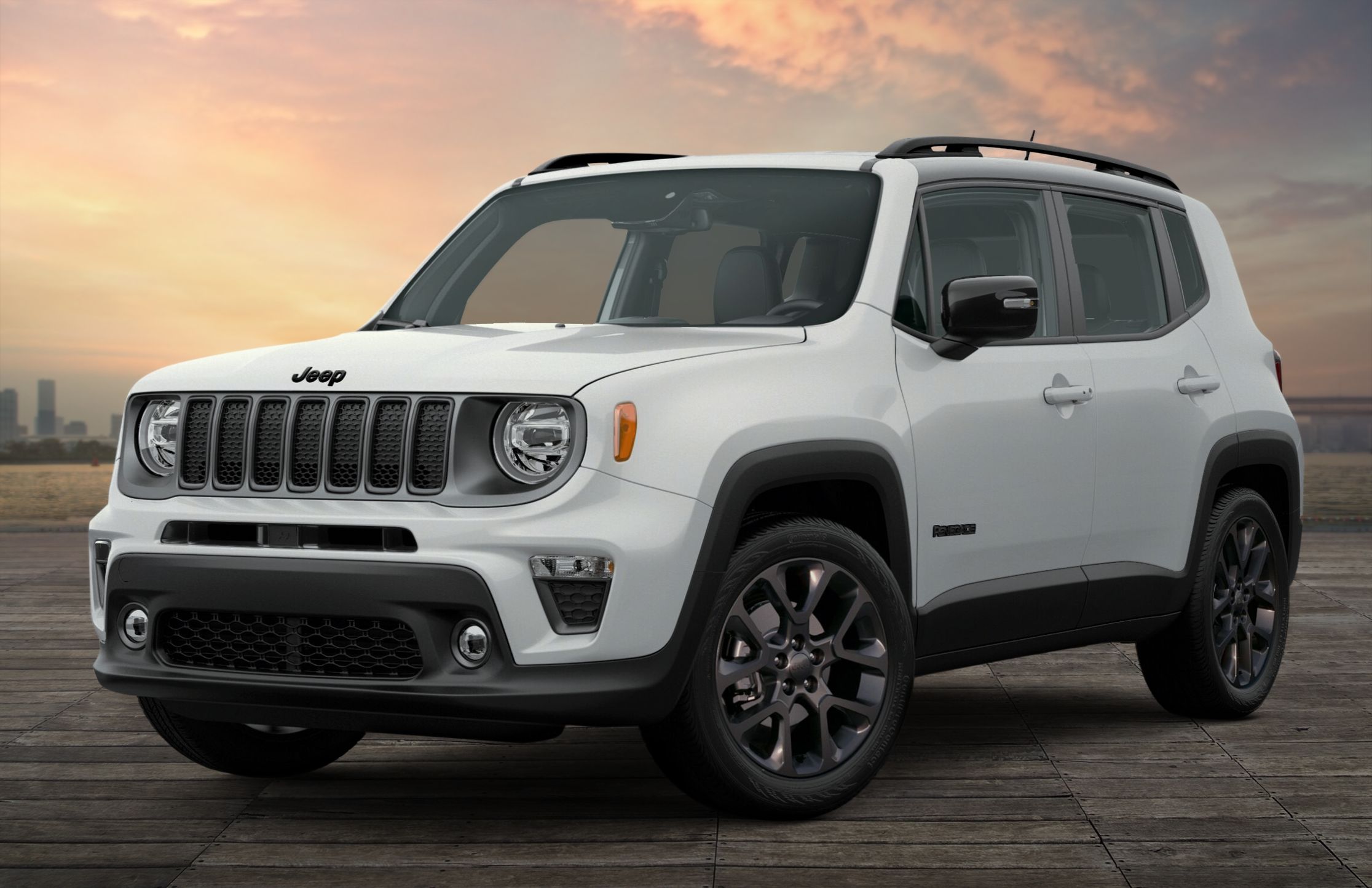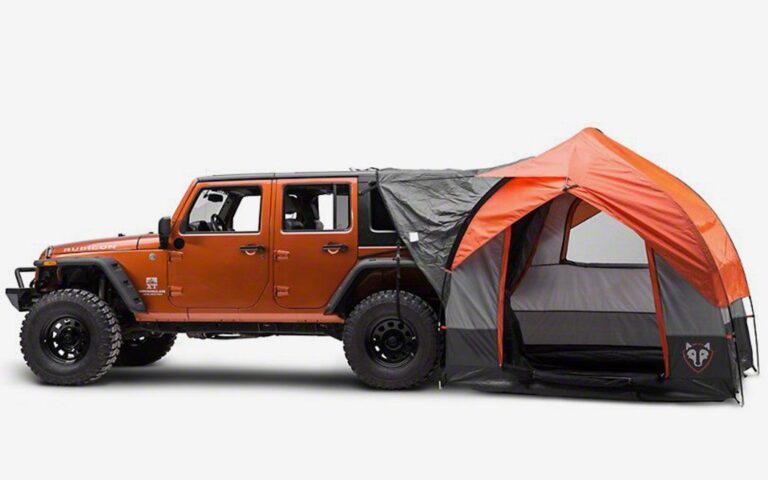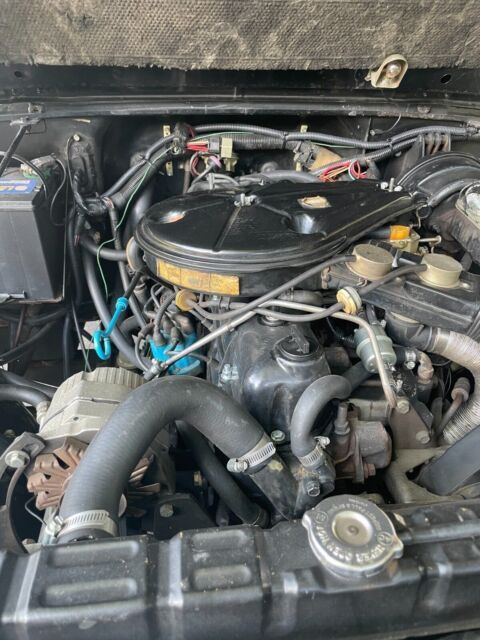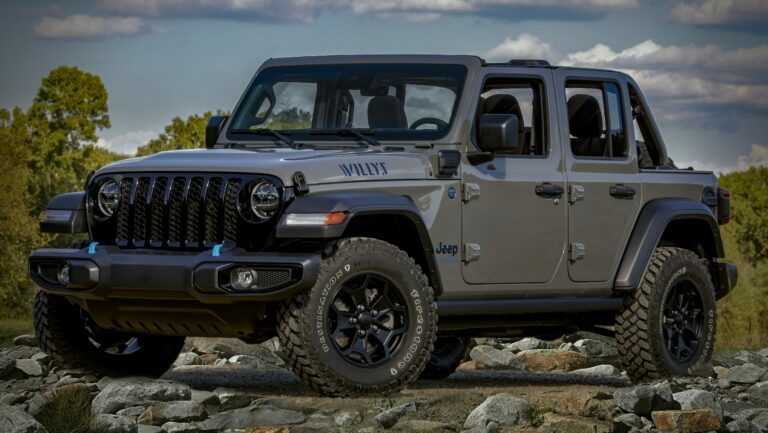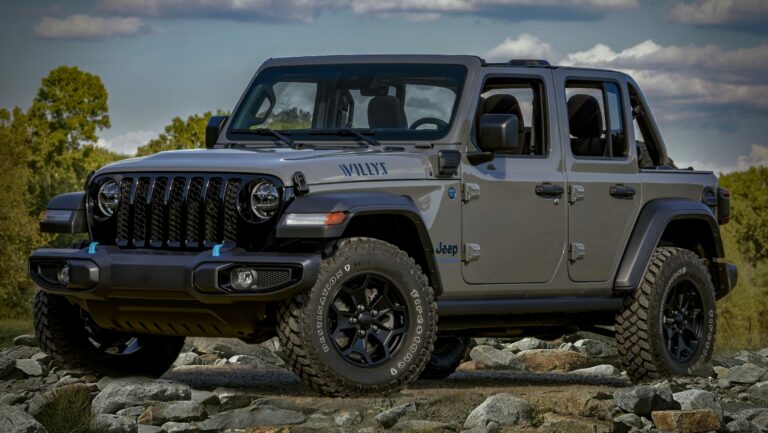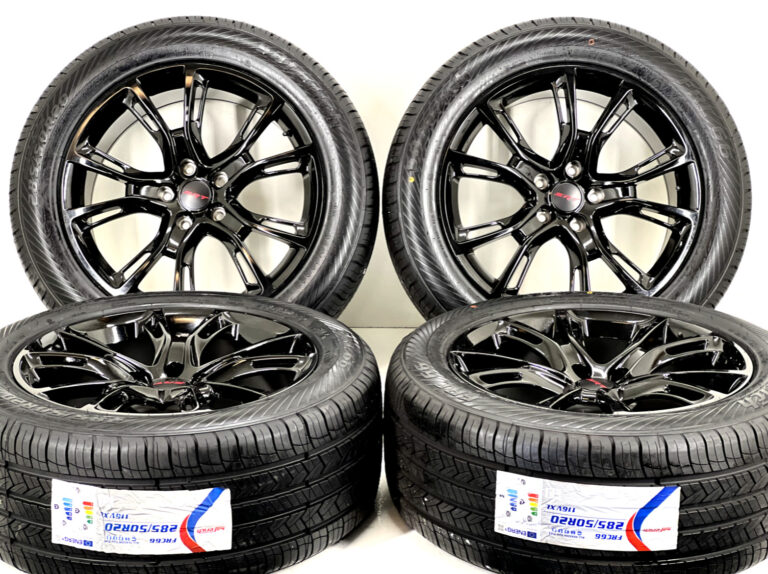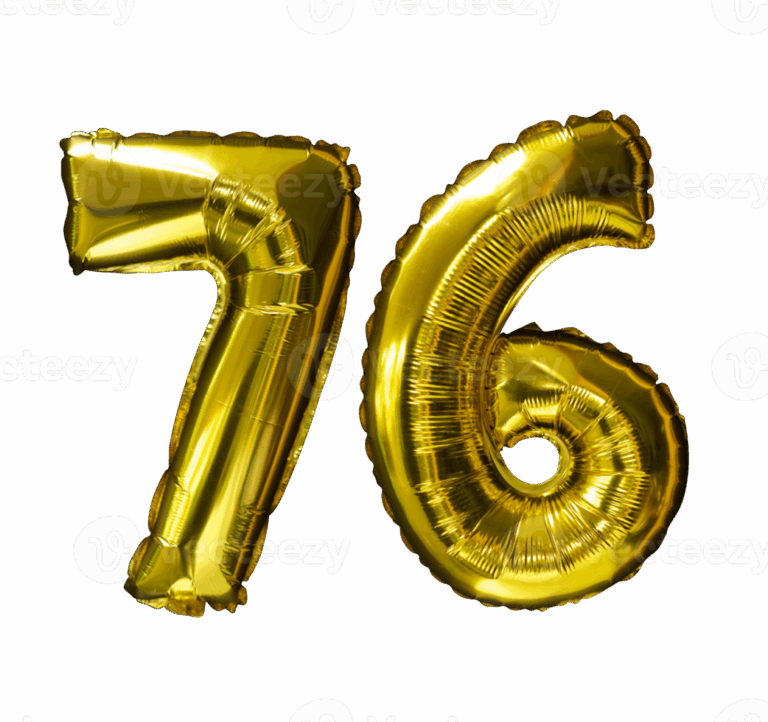Jeep TJ Fenders For Sale: A Comprehensive Buyer’s Guide
Jeep TJ Fenders For Sale: A Comprehensive Buyer’s Guide /jeeps.truckstrend.com
The iconic Jeep Wrangler TJ (1997-2006) holds a special place in the hearts of off-road enthusiasts and casual drivers alike. Known for its robust build, legendary 4×4 capability, and timeless design, the TJ remains a highly sought-after vehicle. A critical, yet often overlooked, component of its appeal and functionality are its fenders. More than just cosmetic body panels, Jeep TJ fenders play a vital role in protecting your vehicle, accommodating larger tires, and defining your Jeep’s overall aesthetic. Whether you’re looking to replace damaged stock fenders, upgrade for enhanced off-road performance, or simply refresh your TJ’s appearance, understanding the world of "Jeep TJ Fenders For Sale" is essential.
This comprehensive guide will delve into everything you need to know about purchasing fenders for your Jeep TJ, from understanding the various types and materials to navigating the market and tackling installation.
Jeep TJ Fenders For Sale: A Comprehensive Buyer’s Guide
Understanding Your TJ Fenders: Stock vs. Aftermarket
Before diving into the "for sale" aspect, it’s crucial to differentiate between the original equipment manufacturer (OEM) stock fenders and the vast array of aftermarket options.
Stock TJ Fenders:
Original TJ fenders are typically made from steel or plastic (for the flares) and are designed to accommodate the factory tire sizes. They offer a classic, rounded look that many purists appreciate. While functional for their intended purpose, they can be prone to rust, especially where the inner and outer fender meet, and often limit tire clearance, particularly when owners opt for larger tires and suspension lifts. Damage from off-road obstacles or even minor fender benders is also a common reason for replacement.
Aftermarket TJ Fenders:
The aftermarket scene for Jeep TJs is incredibly rich, offering a spectrum of fender designs tailored for various needs and preferences. These range from OEM-style replacements to radical high-clearance designs. Aftermarket fenders are often chosen for:
- Increased Tire Clearance: Essential for fitting larger tires without rubbing.
- Enhanced Durability: Stronger materials like thicker steel or aluminum.
- Improved Aesthetics: A chance to customize the look of your Jeep.
- Weight Reduction: Some aluminum options can shave off significant weight.
- Integrated Features: Built-in side markers, turn signals, or even rock sliders.
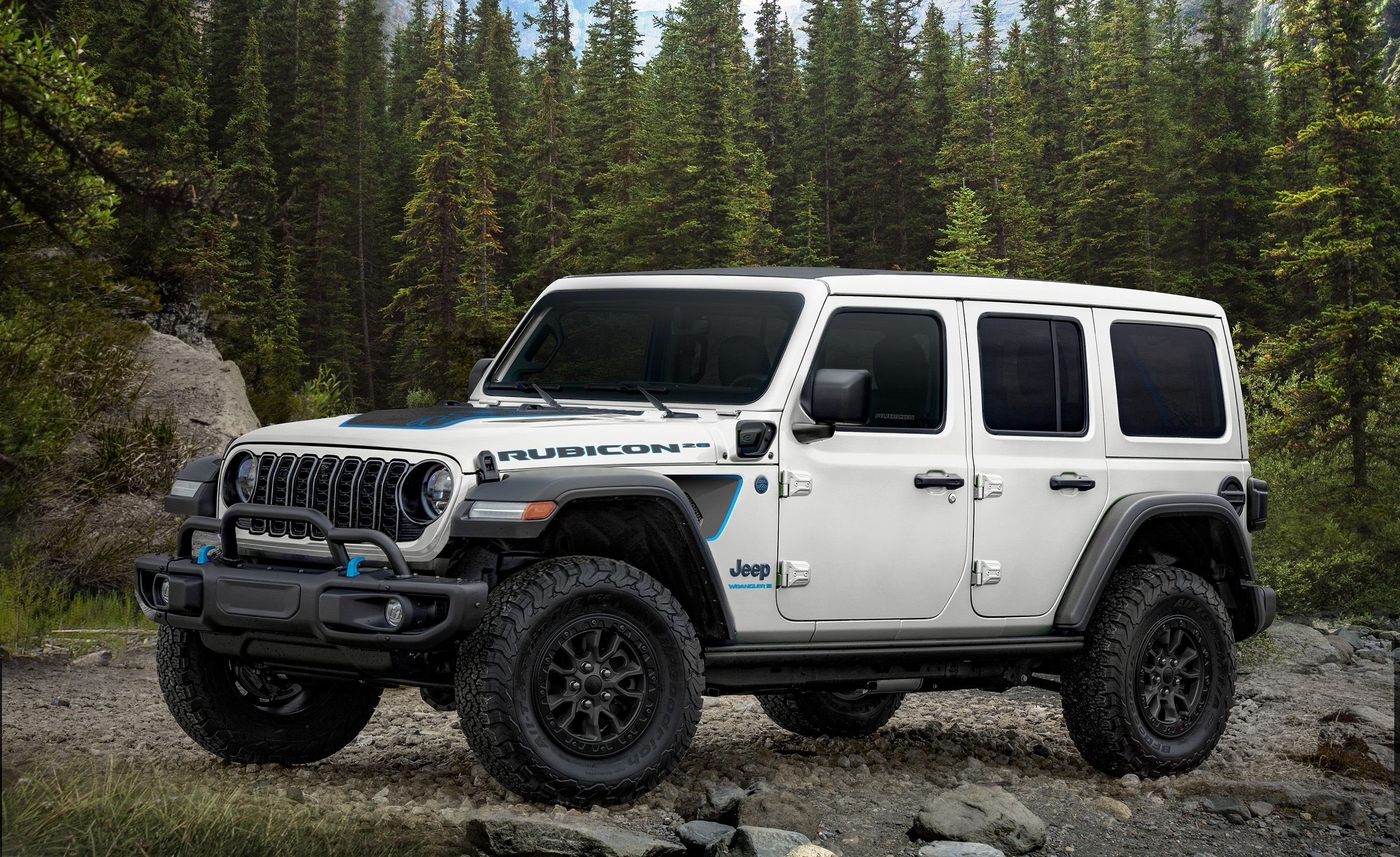
Why Replace or Upgrade Your TJ Fenders?
There are several compelling reasons why a TJ owner might be searching for new fenders:
- Damage and Rust: This is perhaps the most common reason. TJs are getting older, and rust is an inevitable enemy, particularly in regions that use road salt. Off-road excursions can also lead to dents, scrapes, and cracks. Replacing damaged fenders restores your Jeep’s integrity and appearance.
- Off-Road Performance: Stock fenders, especially the front ones, can quickly become an obstacle when traversing challenging terrain with larger tires. They limit upward wheel travel and can catch on rocks or trees. Aftermarket high-clearance or flat fenders significantly improve articulation and approach/departure angles, allowing your tires to move freely.
- Aesthetics and Customization: New fenders can dramatically alter the look of your TJ. From aggressive, angular designs to sleek, minimalist lines, the right set of fenders can transform your Jeep from a stock look to a personalized off-road machine.
- Tire Size Accommodation: If you’re planning to install larger tires (e.g., 33-inch, 35-inch, or even larger), aftermarket fenders are almost a necessity. They provide the crucial clearance needed to prevent rubbing during turns and suspension compression.
- Integrated Protection: Some aftermarket fender systems incorporate features like rock sliders or inner fender wells, offering additional protection to the body and engine bay components.
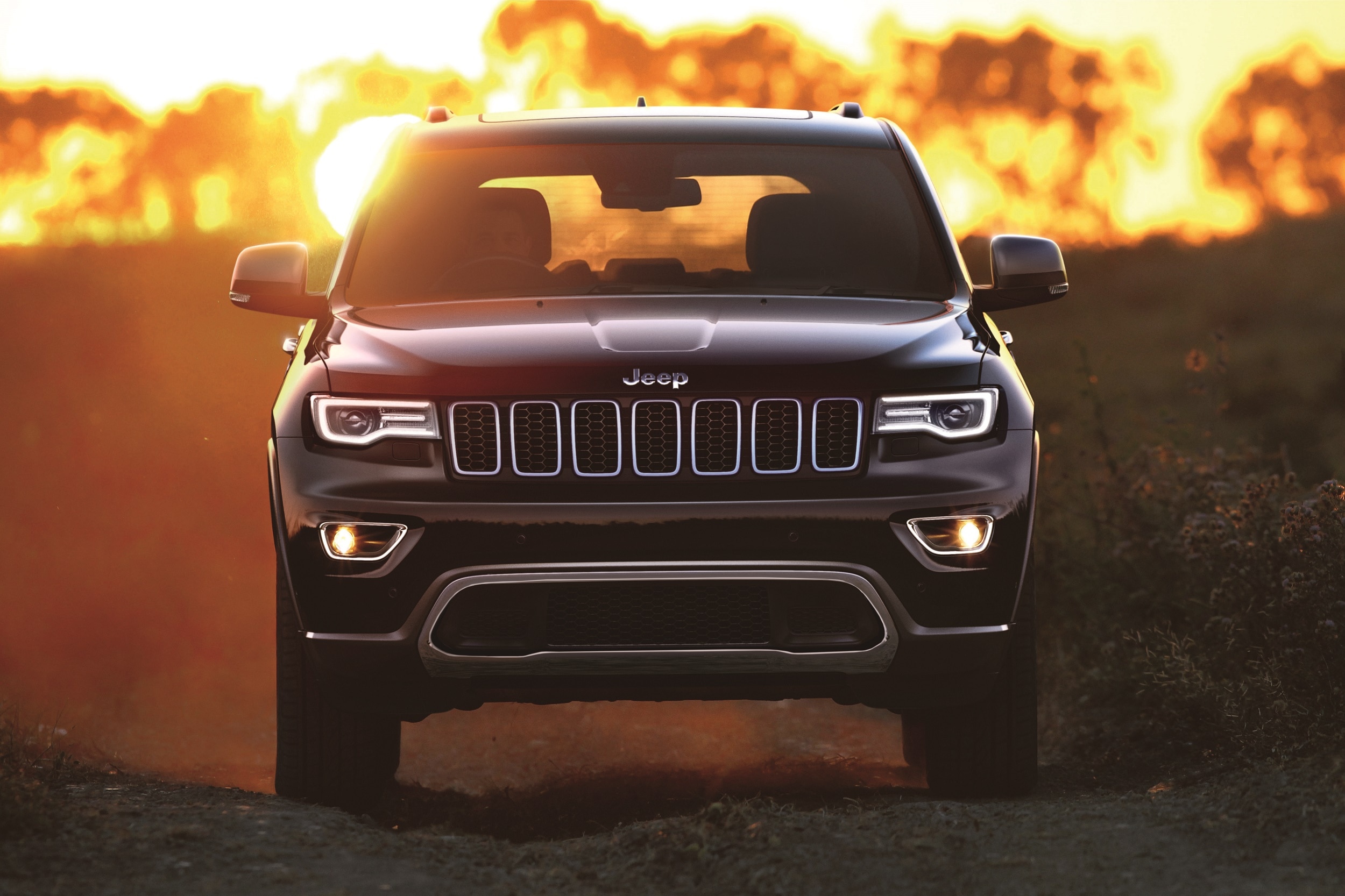
Types of Jeep TJ Fenders For Sale
The variety of aftermarket TJ fenders can be overwhelming. Here’s a breakdown of the most popular types:
-
OEM Style Replacement Fenders: These are designed to look and fit exactly like the factory fenders. They are ideal for restoring a stock TJ after damage or rust, or for those who prefer the original aesthetic but need new metal.
- Materials: Steel (often requires painting), ABS plastic (for flares).
- Pros: Factory look, relatively easy installation.
- Cons: Prone to the same rust/damage issues as stock, limited tire clearance.
-
Flat Fenders: A hugely popular upgrade for off-roaders. Flat fenders remove the traditional curved wheel well and replace it with a flatter, higher profile. This significantly increases tire clearance, allowing for larger tires with less lift.
- Materials: Steel (heavy duty, strong), Aluminum (lightweight, corrosion-resistant), Polyethylene/ABS Plastic (flexible, often more affordable).
- Pros: Maximum tire clearance, improved approach/departure angles, aggressive look.
- Cons: May require cutting the original fender, can expose more of the engine bay, some designs might lack integrated turn signals (requiring relocation).
-
Tube Fenders: These are characterized by their tubular steel construction, often integrating with rock sliders or inner fender supports. They offer extreme durability and protection, designed to withstand heavy impacts.
- Materials: Steel.
- Pros: Exceptional strength and protection, often incorporate integrated lighting, very aggressive look.
- Cons: Can be very heavy, often require significant cutting and welding for installation, higher cost.
-
High-Clearance Fenders (Hybrid/Modified): These often bridge the gap between flat and tube fenders, offering excellent clearance with varying degrees of integrated protection and styling. Some brands offer full replacement fenders that include integrated inner fender liners for a complete, clean look.
- Materials: Steel, Aluminum.
- Pros: Excellent clearance, often with better engine bay protection than pure flat fenders, diverse designs.
- Cons: Can be expensive, installation difficulty varies.
-
Inner Fenders: While often overlooked, inner fenders are crucial. They protect your engine bay from mud, rocks, and debris. Many aftermarket fender kits come with integrated inner fenders, or they can be purchased separately.
- Materials: Plastic (stock style), Aluminum, Steel.
- Pros: Engine bay protection, cleaner look, some aluminum options can be visually appealing.
- Cons: Can add to overall cost and installation complexity.
Key Considerations When Buying TJ Fenders
Making an informed decision requires evaluating several factors beyond just the look:
- Material:
- Steel: Strongest, most durable, but heaviest and prone to rust if not properly coated. Often requires painting or comes powder-coated.
- Aluminum: Lightweight, corrosion-resistant, but typically more expensive and can dent more easily than steel.
- Polyethylene/ABS Plastic: Flexible, lighter than steel, resistant to minor impacts, often more affordable. Less rigid than metal.
- Tire Size & Lift: Always match your fender choice to your current or planned tire size and suspension lift. Flat or high-clearance fenders are best for 33-inch tires and larger.
- Installation Difficulty: Some fenders are direct bolt-on replacements, while others require cutting, drilling, and potentially welding the original body. Assess your mechanical skills and tool availability, or budget for professional installation.
- Finish: Fenders come in raw steel (requiring paint or powder coating), black powder coat (common, durable), or textured finishes. Consider how the finish will match your Jeep.
- Integrated Features: Look for integrated side marker lights, turn signals, or provisions for them. Some fenders also include provisions for rock lights or antenna mounts.
- Legal Requirements: Some states have laws regarding fender flare coverage. Ensure your chosen fenders, especially flat designs, provide adequate coverage for your tires to avoid legal issues.
- Budget: Prices vary wildly. Set a realistic budget, but remember that quality often correlates with price. Don’t compromise safety or durability for a cheap deal.
Where to Find Jeep TJ Fenders For Sale
The market for TJ fenders is robust, offering numerous avenues for purchase:
- Online Off-Road Retailers: Websites like Quadratec, ExtremeTerrain, Morris 4×4 Center, Northridge4x4, and 4 Wheel Parts are excellent starting points. They offer vast selections, detailed descriptions, customer reviews, and often competitive pricing.
- Direct from Manufacturers: Many reputable aftermarket fender manufacturers (e.g., GenRight, Poison Spyder, MetalCloak, Smittybilt, Bushwacker, Rusty’s Off-Road) sell directly through their websites. This can sometimes offer specific customization options or direct support.
- Local Off-Road Shops: Supporting local businesses can provide the benefit of expert advice, hands-on viewing of products, and often installation services.
- Used Market: Craigslist, Facebook Marketplace, and dedicated Jeep forums (like JeepForum.com, WranglerForum.com) are places where you might find used fenders.
- Caution: When buying used, inspect thoroughly for damage, rust, or missing components. What seems like a deal could turn into a headache if the fenders are bent, cracked, or incomplete.
Installation Tips & Challenges
While some fender installations are straightforward, others can be quite involved.
- Tools: Basic hand tools (wrenches, sockets, screwdrivers) are essential. For more complex installations, you might need a grinder, drill, rivet gun, body saw, or even a welder.
- Safety First: Always disconnect your battery before working on electrical components. Wear eye protection and gloves. If cutting metal, use appropriate protective gear.
- Inner Fenders: Often, removing or replacing outer fenders also means dealing with the inner fenders. Plan for this, as they might be rusted or require modification.
- Wiring: Many aftermarket fenders require relocating or integrating side marker and turn signal lights. This involves basic wiring knowledge (splicing, soldering, heat shrinking).
- Test Fit: Always test fit components before final assembly or cutting. "Measure twice, cut once" is a mantra for a reason.
- Rust Prevention: If you’re installing raw steel fenders, ensure they are properly prepped, primed, and painted/powder-coated to prevent immediate rust. Even powder-coated fenders can benefit from a layer of wax or sealant in vulnerable areas.
- Professional Installation: If you’re not comfortable with body modifications, cutting, or electrical work, consider having a reputable off-road shop handle the installation. This ensures proper fitment and prevents potential damage to your Jeep.
Practical Advice and Actionable Insights
- Define Your Needs: Are you replacing damaged stock fenders, or are you building an extreme off-road rig? Your purpose will dictate the type of fender you need.
- Research Thoroughly: Read reviews, watch installation videos, and compare products from different manufacturers.
- Check Local Laws: Be aware of any state or local regulations regarding fender flare coverage, lighting, and overall vehicle modifications.
- Don’t Forget Inner Fenders: Many aftermarket outer fenders do not come with inner fenders, or they require specific matching inner fenders. Factor this into your budget and plan.
- Consider the Long Term: A cheaper set of fenders might rust out faster or require more maintenance. Investing in quality upfront can save money and headaches down the road.
- Join Forums/Clubs: Connect with other TJ owners in online forums or local Jeep clubs. They can offer invaluable advice, recommendations, and even help with installation.
Price Table: Representative Jeep TJ Fenders For Sale
Please note: Prices are highly variable based on brand, material, finish, and current market conditions. These are estimated ranges for a pair (front or rear) or full set where noted, and do not include shipping or installation.
| Fender Type | Material | Brand Examples | Price Range (USD) | Key Features |
|---|---|---|---|---|
| OEM Style Replacement | Steel, ABS Plastic | Crown, Omix-Ada, Quadratec Essentials | $100 – $350 (each) | Direct bolt-on, factory look, typically requires painting if steel. |
| Flat Fenders (Front Pair) | Steel | Smittybilt, Rusty’s Off-Road, Barricade | $250 – $700 | Increased tire clearance, aggressive look, usually bolt-on with minor drilling, some cutting may be required. |
| Flat Fenders (Front Pair) | Aluminum | GenRight, MetalCloak, Poison Spyder | $600 – $1500+ | Lightweight, corrosion-resistant, high clearance, often higher quality fit/finish. |
| Tube Fenders (Front Pair) | Steel | Poison Spyder, MetalCloak, Savvy Off Road | $700 – $1800+ | Maximum durability and protection, integrated lighting often available, typically requires cutting and welding. |
| High-Clearance Fenders | Steel, Aluminum | MetalCloak Overline, GenRight Hi-Fender | $800 – $2000+ | Excellent clearance, often with integrated inner fenders, robust designs, varied installation complexity. |
| Fender Flares Only | ABS Plastic, Poly | Bushwacker, Rough Country, Smittybilt | $200 – $600 (set) | Replacement for stock flares, wider coverage for larger tires, bolt-on installation. |
| Inner Fenders (Pair) | Aluminum, Steel, ABS | GenRight, MetalCloak, Rough Country, Omix-Ada | $150 – $600 | Protect engine bay, clean up appearance, often required with aftermarket outer fenders. |
| Full Fender Sets | (Varies) | (Various brands offering front/rear bundles) | $800 – $3000+ | Complete aesthetic and functional overhaul, often more cost-effective than buying front and rear separately. |
Frequently Asked Questions (FAQ)
Q: Do I need inner fenders with aftermarket outer fenders?
A: It depends on the specific aftermarket outer fender. Some (especially high-clearance designs) are designed to be run without inner fenders or include integrated inner fenders. Many flat or tube fenders, however, require compatible aftermarket inner fenders or custom fabrication to protect the engine bay. Always check the product description.
Q: How do I know what size fender to get for my tires?
A: There isn’t a "size" per se, but rather a "type" of fender that provides more clearance. If you have 33-inch tires or larger, flat or high-clearance fenders are generally recommended. Stock-style replacements are best for stock or mildly oversized tires (up to 31-32 inches).
Q: Are aluminum fenders strong enough for off-roading?
A: Absolutely. High-quality aluminum fenders from reputable manufacturers are designed for off-road abuse. While they can dent more easily than steel under severe impact, their weight savings and corrosion resistance make them a popular choice for serious off-roaders.
Q: Can I install new fenders myself, or do I need a professional?
A: It depends on the type of fender and your mechanical skill set. OEM-style bolt-on replacements are usually manageable for a DIY enthusiast with basic tools. Flat or tube fenders often require cutting, drilling, and potentially welding, making professional installation advisable if you’re not experienced.
Q: Will new fenders affect my Jeep’s legality on the road?
A: Potentially. Some states have laws requiring tires to be fully covered by fender flares to prevent debris from being thrown onto other vehicles. Flat or high-clearance fenders, while offering great off-road performance, might not provide sufficient tire coverage for street legality in all areas. Always check your local vehicle codes.
Q: What’s the main difference between flat fenders and tube fenders?
A: Flat fenders prioritize maximum tire clearance by removing the traditional rounded wheel well and presenting a flatter profile. Tube fenders, on the other hand, use a heavy-duty tubular steel construction, often integrating with the frame or rock sliders, to provide superior structural integrity and protection against impacts. Flat fenders are generally easier to install than tube fenders.
Conclusion
The world of "Jeep TJ Fenders For Sale" offers an exciting opportunity to transform your beloved Wrangler. Whether you’re battling rust, seeking to fit larger tires, or simply aiming for a more aggressive stance, the aftermarket provides a wealth of options. By understanding the different types, materials, and key considerations, you can make an informed decision that perfectly balances functionality, aesthetics, and your budget. Remember to prioritize quality, safety, and compatibility with your TJ’s setup. With the right fenders, your Jeep TJ will not only look the part but also perform better and be better protected for countless adventures to come.
![]()
